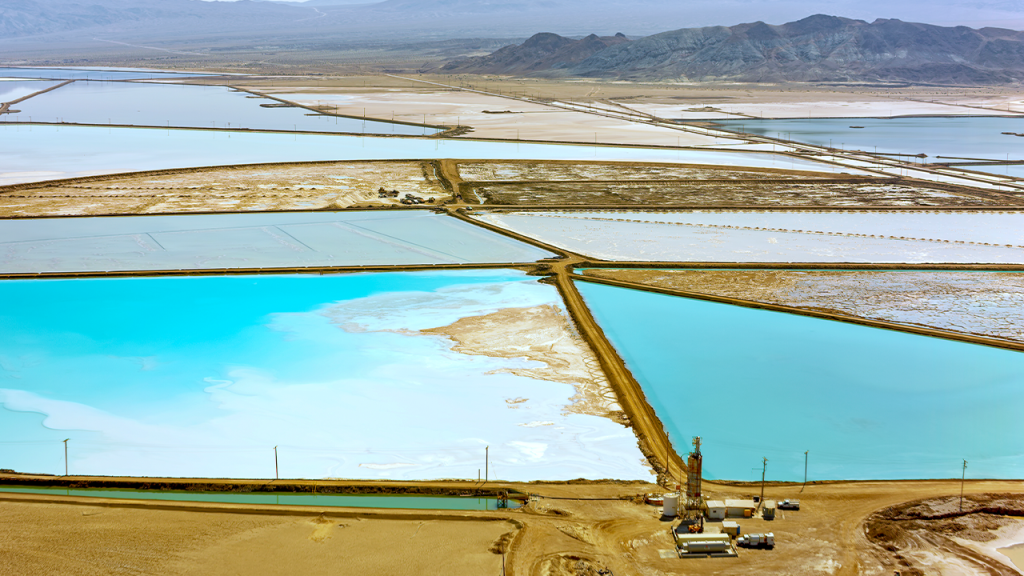How the insurance industry is responding to climate change
By Paul Della-Marta, Head of Catastrophe Research, and Greg Haft, CEO Global Catastrophe, of Partner Reinsurance Company
Many insurance companies are struggling to cope with the risks of climate change and how it is likely to affect business models in the medium or long term. Despite having significant expertise in risk pooling, the major risk is that climate change could affect all primary insurance company functions.
In this scenario, insurers need to better understand these risks as they could increase suddenly or unpredictably and with catastrophic consequences. So, how is the insurance industry responding to climate change currently, and what else could stakeholders do in the short term?
How insurers quantify the potential impact of climate change
Dr Paul Della-Marta is head of Cat Research at PartnerRe. He leads a team of climatologists, seismologists and hydrologists and has been looking closely at climate change and risk assessment. This panel has been looking at the possible influence of climate change on the investigative peril to ensure they can bring their views to today’s level. In so doing, they can adjust the severity or frequency of past catastrophic events based on new factors, including climatological change.

How insurers are starting to make adjustments
According to Dr Della-Marta, researchers in his team update risk models every three to five years. As they develop their own models, they dovetail the climate change trends within the underlying data sets so they can adjust those sets to bring them to today’s reality. This work helps them model the current risks effectively. In turn, they adjust the frequency or severity of the climate change event sets and take on board information from newly published scientific literature. This will allow them to adjust the present-day risk models to accurately estimate risk changes due to climate change, with different economic strategies or alternate warming trends in mind.
Insurance underwriting in the face of frequent floods
Insurers believe that flooding is one of the insurance challenges that is definitely affected by climate change. Strategists now use rainfall data from the last century alongside an adjustment for the likely precipitation increase due to climate change. For example, they used this approach when estimating the return period for the major flooding event in Germany in 2021. Unfortunately, this caused 184 fatalities within two federal states in Germany, which led to significant questions about flood forecasting, warning, and response. While it’s tough to attribute any specific event to climate change directly, insurers believe climate change does shift the probability of a major flooding event.
Recently, PartnerRe released a severe hail model for France. which is adjusted for climate change trends. They wanted to look at the severe hail losses in that country in the summer of 2022 to determine how often insurers should expect a similar event to occur. The insurers believe that these events will be far more frequent as time goes forward due to climate change. This assumption will affect the number of properties (both homes and autos) likely to be exposed to severe hail peril.
Climate change as a liability
One of the biggest risks is to put assets and liability risks in separate silos, which could lead to inconsistent risk management strategies or approaches. This “cognitive dissonance,” could result in varying risk management strategies or even internal conflicts of interest.

Additional risks to the insurance industry
Stakeholders within the insurance industry should realise that they may heavily rely on external expertise when it comes to understanding and prediction. This affects the field of climate change not only in the area of modelling but also in stress testing and investment management. As such, insurers should look carefully at how they gather this data and try to avoid the risk of group thinking when it comes to internal governance. They may need to look carefully at what non-executive directors they bring on board so their advisers can give them a strong point of focus and help them make the best decisions.
Insurers may also face reputational risks if they fail to respond adequately to the growing climate change risk. They should be seen as contributing to the climate change debate rather than simply focusing on any commercial opportunities that may arise. Still, insurers should consider new products where necessary and always ensure that they are profiting from it while providing fair treatment of consumers. For example, they should always disclose climate change risk carefully and appropriately and offer the right product mix when necessary, so buyers are ready for hurricanes or other natural disasters.
How insurers should try to mitigate climate change-related losses
Dr Della-Marta and others believe that insurers should pay close attention to scientific literature as it emerges. This may help them charge actuarially sound premiums and reflect the change to the risk landscape. While it’s not responsible to reject coverage in those risky areas, insurers do need to charge the most appropriate rates as the risk increases.
Remember that the change in exposure or loss inflations may have a much bigger impact on the sizeable losses than the risk of climate change in the shorter term (of up to 10 years). This means that insurers should pay close attention to climate change and monitor their exposure changes and loss inflation as well.
Insurers should be proactive as regulators develop new frameworks. They shouldn’t wait for these frameworks to come on board but create medium to long-term strategies to help them deal with their unique exposures and business models. They should also remember that regulators will look for evidence of how the industry is currently adapting or responding to climate change, so proactive work could actually influence new regulations.
How HLB can help
HLB has a history of innovation and collaboration when it comes to helping clients grow across borders. If you’re concerned about how climate change could affect your interests within the insurance industry, get in touch with us at HLB today for further advice.




